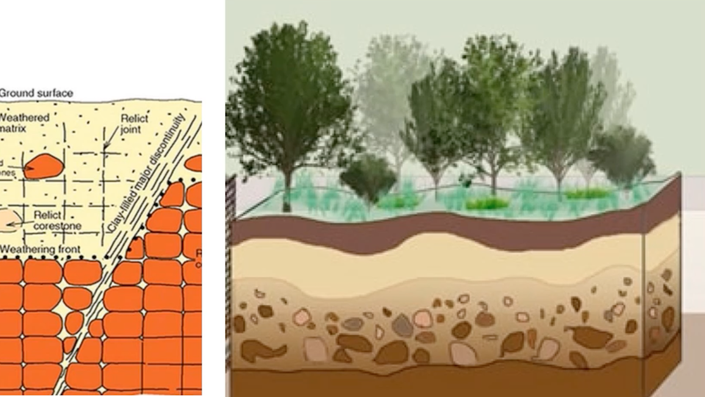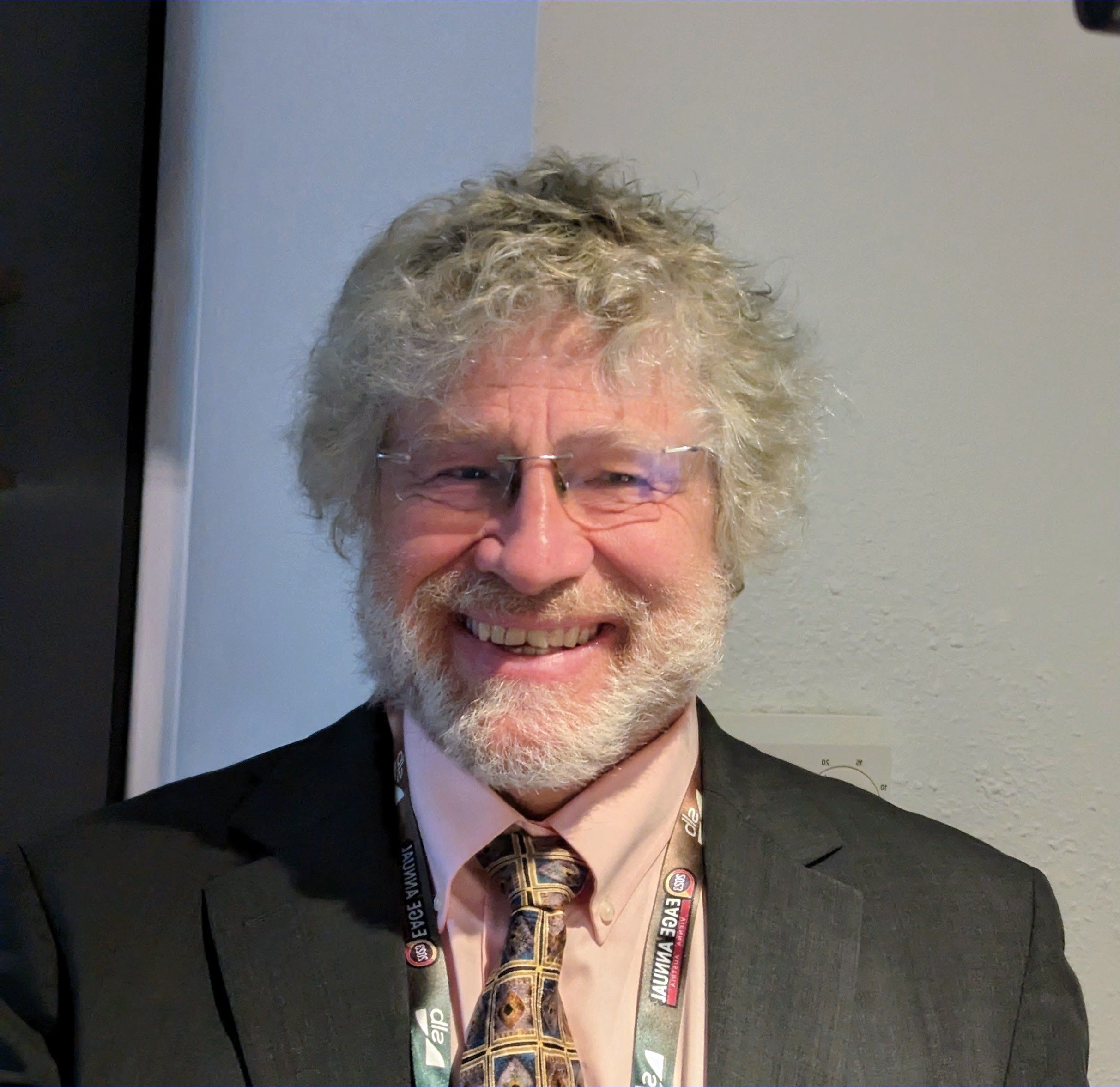
How does the thin near surface of the earth produce up to 100 times more noise on land seismic data than on marine data?
SEG 2024 Distinguished Lecturer
SEG members, view the course for free!
Format: Virtual Webinar. 45 min. presentation followed by 15 min. Q&A
An optional post-lecture workshop will immediately follow each lecture for expanded Q&A and networking
Session 1, Thursday, May 23, 2024, 10 am to 11 am US Central Time
Session 2, Wednesday, June 26, 2024, 9 am to 10 am Beijing Time
SEG Members Free Access Details
The physics behind land seismic noise is fascinating. Much of the noise is caused by the very near surface, less than 30m, which often has ultra slow velocities. This land seismic noise is often complex and irregular--much more so than simple surface waves. Even simple scattering models are insufficient. We give a physical intuition of this noise generation through wave propagation movies and synthetic data examples with realistic models.
Your Instructor

Christof Stork started as a theoretical academic with a Ph.D. in geophysics from Caltech and a post-doc from Stanford 36 years ago. He performed early leading work in Reflection Tomography, PSDM, WEM, RTM, and FWI before they became mainstream technologies. 10 years ago, he decided to take on noisy land seismic data where theory alone is not enough. Christof has been involved with 4 startup companies in his quest to avoid Houston and make theory commercially viable. He's now on his 5th and last and craziest startup company, a land seismic processing company, so he can get his hands on more land data.
